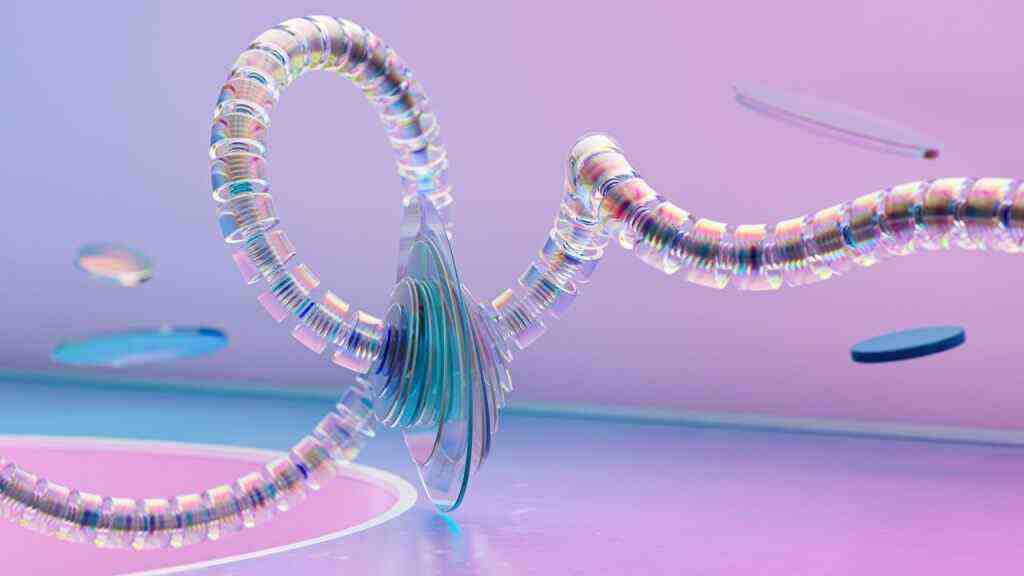ChatGPT’s Pioneering Role in Empowering Robotics and Drones
Prepare to witness a technological fusion that promises to reshape human-robot collaboration. Microsoft, the tech titan, has embarked on an extraordinary research odyssey, exploring the transformative potential of ChatGPT, its AI chatbot, in the realm of robotics and drones. This visionary project aims to shatter the barriers between human intent and robotic execution, paving the way for seamless communication and control using natural language commands. Join us as we delve into the captivating world of ChatGPT’s influence on robotics and drones.
Breaking Language Barriers: ChatGPT’s Unique Contribution
At the heart of this endeavor lies a significant challenge: enabling ChatGPT to transcend its textual limitations and operate within the physical world’s complexities. This involves bestowing ChatGPT with the ability to comprehend the laws of physics, perceive its environment, and understand the impact of its actions on the surrounding world.
Microsoft’s research team has meticulously crafted a set of guiding principles to facilitate ChatGPT’s mastery of robotics tasks. These principles incorporate specialized prompting structures, high-level application programming interfaces (APIs), and human feedback provided through text. By seamlessly integrating these elements, ChatGPT’s capabilities are significantly enhanced, allowing it to generate code, engage in dialogue, and seek clarifications to refine its understanding.
Unlocking ChatGPT’s Potential: From Code Generation to Drone Control
To showcase ChatGPT’s prowess, Microsoft’s researchers conducted a series of captivating experiments, spanning various robotics scenarios. ChatGPT demonstrated remarkable proficiency in generating code, primarily in Python, for complex robotics tasks, including zero-shot planning and code generation. This remarkable feat stems from ChatGPT’s extensive training on a vast corpus of code and written text, enabling it to tackle coding problems, debug programs, and engage in natural language dialogue to clarify instructions.
In a captivating demonstration of ChatGPT’s versatility, the researchers integrated the AI chatbot as a language-based interface between a non-technical user and a drone. ChatGPT’s dialogue and clarification capabilities proved invaluable in this context. When confronted with ambiguous instructions from the user, ChatGPT adeptly sought clarification, ensuring a clear understanding of the desired outcome. Furthermore, ChatGPT exhibited impressive competence in generating intricate code structures for the drone, such as a zig-zag pattern designed to visually inspect shelves.
Benchmarking ChatGPT against Peers: A Comparative Analysis
To provide a comprehensive assessment of ChatGPT’s performance, Microsoft’s research team conducted a thorough comparison against other prominent AI models, including GPT-3, LaMDA, and Codex, in the context of robotics planning and coding. While all four models demonstrated notable capabilities, ChatGPT emerged as a standout performer due to its unique combination of natural language processing, code generation, and dialogue flexibility.
Practical Applications: ChatGPT’s Impact on Real-World Robotics
To further validate ChatGPT’s practical utility, Microsoft conducted a series of real-world experiments involving robotic arms and drones. In one scenario, ChatGPT was tasked with manipulating a robotic arm to arrange blocks into the Microsoft logo. In another, ChatGPT was challenged to develop an algorithm for a drone to navigate a path without colliding with obstacles. Finally, ChatGPT’s ability to make real-time decisions based on sensor feedback was tested by instructing a robot to navigate based on its surroundings.
Conclusion: A Glimpse into the Future of Human-Robot Collaboration
Microsoft’s groundbreaking research into ChatGPT’s capabilities in the realm of robotics and drones offers a tantalizing glimpse into the future of human-robot collaboration. By empowering individuals with limited technical expertise to seamlessly instruct and control robots and drones using natural language commands, ChatGPT has the potential to revolutionize industries ranging from manufacturing and healthcare to agriculture and construction. As ChatGPT continues to evolve and learn, its impact on robotics and automation is poised to grow exponentially, opening up new avenues for innovation and progress.
Call to Action: Embrace the Future of AI-Powered Robotics
Microsoft’s pioneering work with ChatGPT unveils a future where robots and drones seamlessly collaborate with humans, transforming industries and empowering individuals to achieve more. As this technology continues to evolve, we invite you to stay informed about the latest advancements and explore the endless possibilities that lie ahead. Embrace the future of AI-powered robotics and witness the boundless potential of human-robot collaboration.
